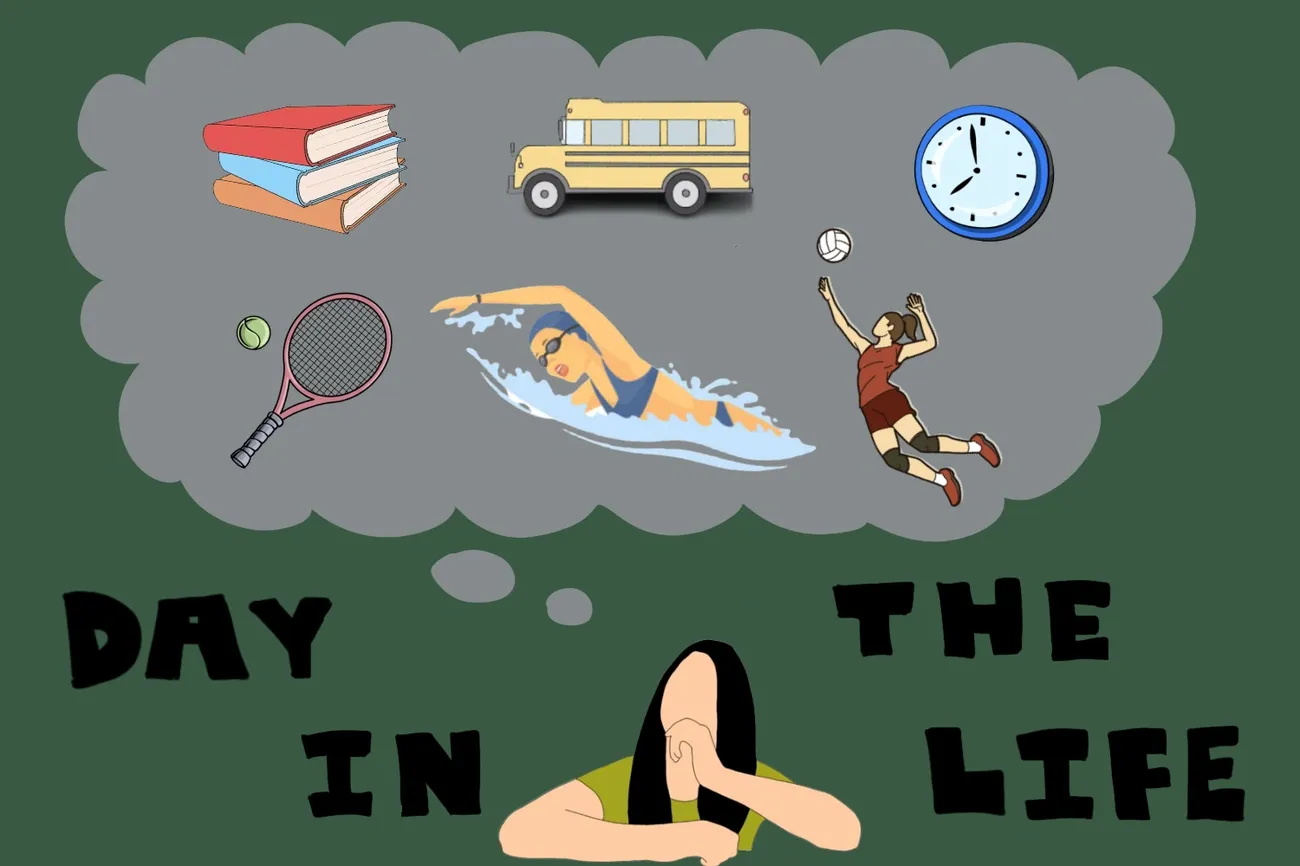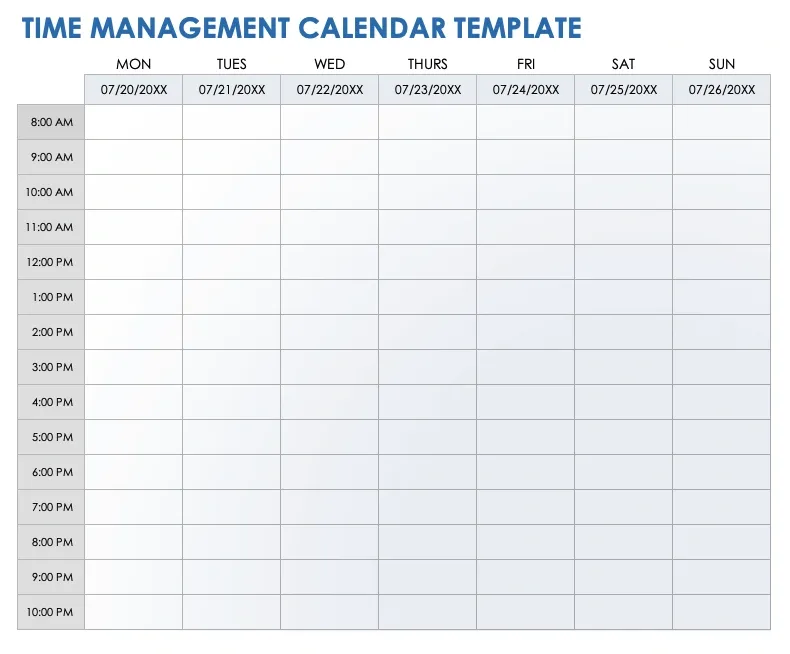How Student Athletes Master Social Life While Crushing Their Goals
Student athletes face a massive challenge to balance their social life. Matches can stretch from four to six hours on top of their academic work to be done. The dream of becoming a professional sports star drives many athletes forward. The ground reality shows only 1.8% of college athletes make it to that level. My work with student athletes has shown me how this balancing act creates pressure. The packed schedules leave 45% of student athletes struggling with sleep problems.
College athletics needs completely different time management skills than high school. The mental pressure hits hard too. About 30% of female and 25% of male student athletes deal with anxiety. Athletes often find themselves without any social life during competitive seasons. They sacrifice sleep just to keep up with their studies. In this piece, we’ll look at practical ways to maintain a social life while excelling in sports and academics. The social life meaning changes for athletes under these unique pressures.
The real challenge: Balancing sports, school, and social life

Image Source: The Oracle
Student athletes deal with more than just packed schedules. NCAA data shows Division I athletes devote 33 hours weekly on athletics, 35.5 hours to academics, and only 14.5 hours to socializing [1]. They must squeeze everything else – sleep, work, and self-care – into the remaining 85 hours.
Why student-athletes struggle with time
The time squeeze hits student-athletes hard. About 67% of Division I athletes spend equal or more time training during offseason compared to competitive seasons [1]. Game days demand four to nine hours of their time just for sports [1].
Time management stands out as the biggest hurdle to academic success—not the coursework difficulty [2]. Athletes often find it tough to balance practice and study during exam periods. Their energy levels drop and sleep quality suffers as a result [2].
The cost of saying yes to everything
Student-athletes who take on too much get caught in a dangerous loop. A whopping 100% of surveyed athletes felt burned out from juggling academics and athletics [3]. The numbers tell the story – 57.1% say this balancing act remains one of their life’s biggest challenges [3].
This endless pressure takes a toll on mental health. Research shows college athletes feel more anxious and depressed than their non-athlete peers [4]. Physical strain makes things worse—ongoing tiredness, injuries, and poor sleep often show an athlete’s pushing too hard [5].
How social life meaning changes for athletes
Student-athletes’ social lives look very different. About 66.7% say their sport’s schedule affects their study time [3], leaving little room for friends.
Family and friend time becomes precious [2]. Coaches, trainers and teammates become their main social circle. Team relationships grow crucial—90.4% of athletes say supportive teammates make sports enjoyable [3].
Smart choices help maintain social connections. Many successful student-athletes join low-commitment university clubs [6], plan quick TV viewing sessions [6], or cheer for other teams [6]. These thoughtful decisions help them stay connected beyond their immediate team.
Time management strategies that actually work

Image Source: Smartsheet
Time management is the life-blood of success for student-athletes. Research shows good time management can reduce study time by 30% and improve academic performance [7]. Let’s look at strategies that work in real life.
1. Weekly planning and hour audits
Top student-athletes set aside time to get organized [8]. Create a detailed weekly plan that has all your commitments. Color-coded planners or digital calendars help you see where your time goes [9]. Look at your schedule 2-3 times daily to stay focused [8].
The time audit technique helps you tap into the full potential of every hour. You’ll spot patterns and ways to improve by tracking how you spend time [7]. Setting up this system might seem like extra work, but it saves you loads of time throughout your semester.
2. Prioritizing schoolwork over social time
The Eisenhower Matrix helps you sort what’s urgent from what’s important [10]. This method splits tasks into four parts: urgent/important, important/not urgent, urgent/not important, and neither.
Set firm routines around academics—especially study sessions with university tutors [7]. These fixed appointments beat procrastination and give you help right when you need it. It’s worth mentioning that 1/3 of Division II student-athletes work nine hours weekly during the academic year [1], which makes prioritizing crucial.
3. Using downtime wisely
Make the most of small time gaps in your day. The 10 minutes before practice can be perfect to review notes or outline assignments [7]. Download lectures or study materials to make good use of travel time during away competitions [10].
Check out Skyline’s academic resources to find more time management tools and templates that help balance your athletic and academic commitments.
All the same, don’t forget to plan breaks. Your focus and concentration get better with regular downtime—both for athletic training and academics [11]. Coaches get this too—many cut back or skip practices when big academic deadlines come up [12].
4. Communicating with teachers and coaches
Meet your professors early and share your athletic schedule [9]. This makes it easier to ask for extensions if you need them. Keep your coaches in the loop about important academic deadlines and possible schedule conflicts [13].
Coaches welcome updates from teachers about athletes who need help [12]. Some programs assign an assistant coach specifically to track academic progress [12]. This support system gives you flexibility when you need it most.
Building a support system that keeps you grounded
Student-athletes need the right people in their corner to succeed. Building a strong support network helps maintain peak performance and mental wellness.
1. Role of teammates in academic and emotional support
Teammates do more than share athletic experiences. Research shows students who notice support from their teammates have better well-being [14]. Students with strong team bonds feel valued whatever their playing time. They know their worth extends beyond athletics [15].
Your teammates become your first mental health supporters. They understand your daily challenges because they live through them too. Studies reveal 61% of athletes strongly agreed their teammates participated in their lives [2]. These shared experiences are the foundations of real connections that let athletes talk openly about their struggles.
Skyline offers academic support resources specifically designed for student-athletes. Visit our website to connect with tutors and academic advisors who understand your unique challenges.
2. How parents and family help with structure
Parents still play a vital role throughout college, even as students become more independent. Research shows parents help athletes understand team expectations and keep a balanced point of view about wins and losses [16].
Family support exceeds all demographic factors. Parents account for 30% of student-athlete experiences while demographics explain just 1% [2]. About 76% of student-athletes text their parents several times each week [2]. The quality of these conversations matters more than how often they happen. Parents who support without overstepping help build resilient and independent athletes.
3. Coaches who care about more than performance
Great coaches develop people, not just athletes. Research shows athletes who try too hard to please others like coaches risk lower self-esteem and more injuries [3]. But coaches who give athletes more control improve their well-being [3].
The best coaches build environments where athletes feel safe discussing problems beyond sports [17]. A coaching expert explains, “By encouraging an environment where athletes feel comfortable discussing their struggles, coaches can connect them with resources before small issues become major obstacles” [17].
4. Why physical therapists and trainers matter too
Support staff are vital members of your wellness team. Athletic trainers, sports medicine physicians, and mental health professionals impact your physical and mental health by a lot [3]. These experts don’t just treat injuries – they teach prevention, proper technique, and recovery methods [18].
Physical therapists create individual-specific rehabilitation programs. They check range of motion, flexibility, and pain levels [18]. Their knowledge helps prevent injuries through education about training risks [18]. These professionals often become trusted advisors for discussing concerns beyond physical health.
Avoiding burnout while staying socially connected
Student-athletes who juggle multiple responsibilities face burnout. Early detection of warning signs helps you stay on top of your game and keep your relationships strong.
1. Recognizing signs of overdoing it
Burnout builds up gradually. You might notice less joy in your sport, constant tiredness, mood swings, and dips in performance [6]. Your heart rate at rest might go up, and you could get frustrated or anxious more easily [4]. The signals from your body often show up before you realize something’s wrong.
2. Finding balance in social life requires boundaries
Your mental and physical health needs strong boundaries. Student-athletes deal with huge pressure to say yes to more commitments between school, sports, and social activities [19]. Note that having the ability to show up for extra practice doesn’t mean it’s the right choice. Skyline’s student wellness resources include tools for managing stress and maintaining balance. Explore these resources to help you stay socially connected without burning out.
3. Making time for friends without sacrificing goals
Time with friends does more than create fun—it helps reduce stress [20]. Connect with people who share your values to make social time meaningful and energizing [20]. Quick, regular meetups often work better than rare long hangouts.
4. Listening to your body and mind
Your body needs a daily 10-15 minute break just for you [21]. Watch for physical signs that suggest training adjustments [22]. Regular breaks from sports training keep burnout at bay [4]. When burnout hits, rest is your best solution [23].
Conclusion
Being a student-athlete takes incredible dedication and careful planning. My work with college athletes has shown me that successful ones don’t have extra hours in their day – they just make smarter choices with their time.
Time management becomes your best tool to succeed. The weekly planning techniques, hour audits, and priority-setting methods can change your college life completely. Small pockets of downtime make a huge difference when every minute matters.
All the same, even the best planning can’t replace a solid support system. Your teammates, family, coaches, and support staff play vital roles to keep you focused and grounded. These relationships help you direct your path through tough times and give you the social connection you need for good mental health.
Your body and mind deserve your attention first. Burnout shows its signs way before you hit complete exhaustion. Setting boundaries, meeting friends regularly, and taking breaks aren’t optional – they’re essential for lasting success.
Finding the sweet spot between social life, sports, and studies isn’t about being perfect. It’s about making conscious choices that match your priorities and values. These strategies and resources from Skyline Academic are a great way to get the most from your college years in every aspect – without giving up your goals or well-being.
Life as a student-athlete comes with its own set of challenges, but the rewards are extraordinary. The discipline, resilience, and time management skills you build now will benefit you long after your last game. Best of all, you don’t have to handle this experience alone. Build your support network and embrace everything that comes with being a student-athlete – both the tough parts and the victories.
FAQs
Q1. How can student-athletes effectively manage their time?
Student-athletes can manage their time by creating detailed weekly plans, conducting hour audits to identify areas for improvement, and utilizing small pockets of time throughout the day for studying or reviewing notes. Prioritizing tasks and communicating with professors and coaches about schedules and potential conflicts is also crucial.
Q2. What role do teammates play in supporting student-athletes?
Teammates provide crucial academic and emotional support for student-athletes. They offer understanding of shared pressures, create a foundation for genuine connections, and often become the first line of support for mental health concerns. Strong team support helps athletes feel valued beyond their athletic performance.
Q3. How can student-athletes maintain a social life without burning out?
To maintain a social life without burning out, student-athletes should set firm boundaries, schedule short regular hangouts with friends, and find like-minded peers who share their values. It’s important to recognize signs of overdoing it and listen to your body and mind, taking breaks when needed.
Q4. What support systems are essential for student-athletes?
Essential support systems for student-athletes include teammates, family, coaches who care about more than just performance, and support staff like physical therapists and trainers. These individuals provide emotional support, help maintain perspective, and contribute to both physical and mental well-being.
Q5. How does being a student-athlete affect one’s social life?
Being a student-athlete can significantly impact social life, as the demands of sports and academics leave limited time for socializing. Many athletes find their primary social interactions occur within their team. However, by intentionally scheduling time for friends and joining university clubs with minimal time commitments, student-athletes can maintain connections outside their immediate team circle.
References
[1] – http://fs.ncaa.org/Docs/eligibility_center/Student_Resources/Time_Management_DI_DII_DIII.pdf
[2] – https://athleticdirectoru.com/articles/does-parental-involvement-matter-ncaa-student-athletes/
[3] – https://pmc.ncbi.nlm.nih.gov/articles/PMC11360398/
[4] – https://www.nata.org/nata-now/articles/burnout-considerations-athletes
[5] – https://www.ewmotiontherapy.com/blog/balancing-sport-school-life-guide-athletes
[6] – https://www.sbm.org/healthy-living/the-playbook-for-healthy-athletes-preventing-burnout-and-overuse-injury
[7] – https://untappedlearning.com/time-management-the-balancing-act/
[8] – https://positivecoach.org/resource-zone/time-management-tips-for-student-athletes/
[9] – https://keystonesports.com/best-tips-for-time-management-for-student-athletes/
[10] – https://www.bridgeport.edu/news/how-to-balance-athletics-and-academics/
[11] – https://www.collegesportsmadness.com/article/23924
[12] – https://www.edweek.org/teaching-learning/opinion-response-how-teachers-and-sports-coaches-can-help-ensure-that-everyone-wins/2019/01
[13] – https://athletesuntapped.com/blog/balancing-academics-and-athletics-tips-for-student-athletes/
[14] – https://journals.sagepub.com/doi/abs/10.1177/1747954120919720
[15] – https://premiersportpsychology.com/2022/08/19/the-power-five-team-support/
[16] – https://tssaa.org/library/parents-play-crucial-role-in-helping-students-achieve-success
[17] – https://www.highschoolot.com/story/how-and-why-support-systems-are-important-to-student-athletes/21927650/
[18] – https://www.resultspt.com/blog/posts/how-physical-therapy-can-be-effective-for-youth-athletes
[19] – https://truesport.org/decision-making/3-reasons-why-your-athlete-needs-healthy-boundaries/
[20] – https://admissionsight.com/balancing-sports-and-social-life-strategies-for-student-athlete/
[21] – https://stories.strava.com/articles/how-to-balance-work-training-family-friends-and-life-in-general
[22] – https://appliedsportpsych.org/blog/2022/07/keeping-the-sparks-aflame-preventing-and-addressing-burnout-in-high-school-student-athletes/
[23] – https://health.choc.org/how-to-prevent-burnout-in-young-athletes/


